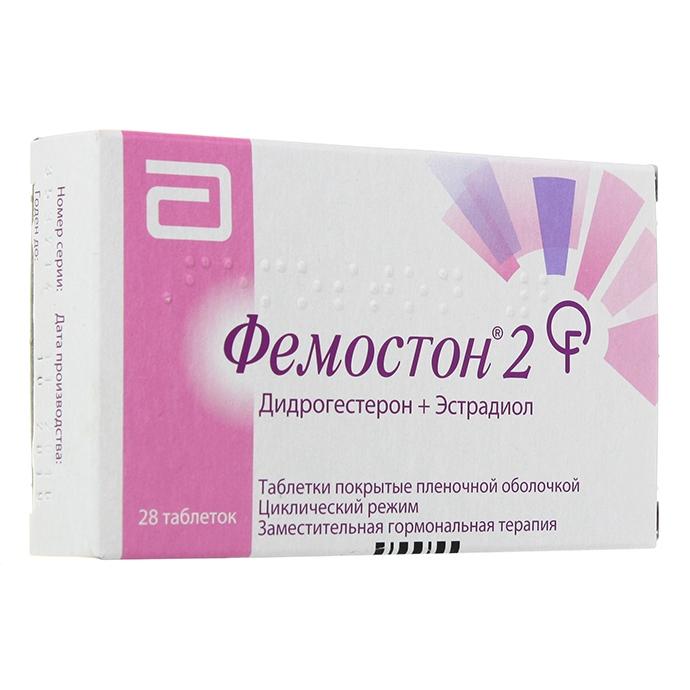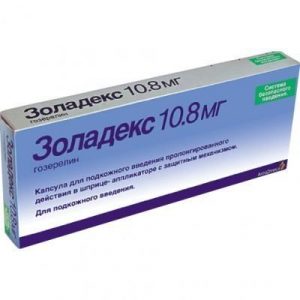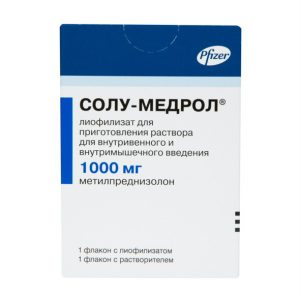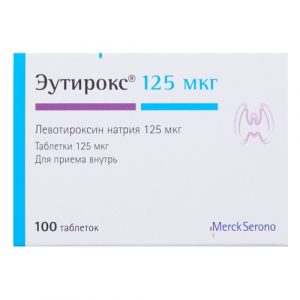Description
Release form
coated tablets
Packing
28 pcs
Indications
Hormone replacement therapy for disorders due to natural menopause or menopause resulting from surgery, prevention of postmenopausal osteoporosis.
Contraindications
established or suspected pregnancy
lactation (breastfeeding)
diagnosed or suspected breast cancer history of
diagnosed or suspected estrogen-dependent malignancy pulmonary thromboembolism)
active or recent arterial t rhomboembolism
acute liver disease, as well as a history of liver disease (before normalization of laboratory parameters of liver function)
untreated endometrial hyperplasia
porphyria
hypersensitivity to the drug.
Use with caution and under the supervision of a physician in patients receiving HRT and having the following conditions (currently or in history): uterine leiomyoma, endometriosis, thrombosis, and a history of their risk factors in the presence of risk factors for estrogen-dependent tumors (e.g. cancer of the patient s mother), arterial hypertension, benign liver tumor, diabetes mellitus, cholelithiasis, epilepsy, migraine or intense headache, history of endometrial hyperplasia, systemic lupus erythematosus, bronchial asthma, renal failure, otosclerosis.
Use during pregnancy and lactation
The drug is contraindicated in pregnancy and lactation (breastfeeding).
If pregnancy occurs during treatment with Femoston, therapy should be stopped immediately.
Composition
1 tablet contains:
Active ingredients:
estradiol 2 mg,
dydrogesterone 10 mg
Excipients:
lactose monohydrate,
hypromellose,
corn starch,
silicon dioxide colloidal,
magnesium stearate
Film coat:
opadry OY-8734 orange:
hypromellose,
macrogol 400,
titanium iron oxide redid oxide (E171), yellow oxide srldk1 (oxide 171) red (E172).
Dosage and administration of
For HRT and prevention of osteoporosis: orally in a continuous mode, 1 tablet per day (preferably at the same time of day), regardless of food intake. The duration of therapy is determined by the ratio of the benefits and risks to women’s health and the severity of estrogen deficiency.
Prevention of postmenopausal osteoporosis must be carried out taking into account the individual tolerance of the drug and possible effects on bone mass, which are dose-dependent.
Side effects of
From the reproductive system: breast tenderness, breakthrough bleeding, pelvic pain are possible sometimes – changes in cervical erosion, change in secretion, dysmenorrhea rarely – enlargement of the mammary glands, premenstrual-like syndrome in some cases – a change in libido.
From the digestive system: nausea, flatulence, abdominal pain are possible sometimes – cholecystitis is rare (0.01-0.1%) – impaired liver function, in some cases accompanied by asthenia, malaise, jaundice or abdominal pain is very rare – vomiting.
From the side of the central nervous system: headache, migraine (1-10%) sometimes (0.1-1%) – dizziness, nervousness, depression are very rare – chorea.
From the cardiovascular system: sometimes – venous thromboembolism is very rare – myocardial infarction.
From the hemopoietic system: very rarely (less than 0.01%) – hemolytic anemia.
Dermatological reactions: sometimes – rash, itching very rarely – chloasma, melasma, erythema polymorphic, erythema nodosum, hemorrhagic purpura.
Allergic reactions: sometimes – urticaria in some cases – angioedema.
Other: changes in body weight sometimes vaginal candidiasis, breast carcinoma, rarely an increase in leiomyoma peripheral edema, intolerance to contact lenses, increased corneal curvature in some cases (less than 0.01%) exacerbation of porphyria.
overdose
Symptoms: estradiol and dydrogesterone – substances with low toxicity.
No cases of overdose have been reported. Theoretically, in the case of overdose, symptoms such as nausea, vomiting, drowsiness, dizziness may occur.
Treatment: symptomatic.
Storage conditions
The drug should be stored at a temperature not exceeding 30 ° C.
Shelf suitability
3 Year
Active ingredient
Didro esterodol
dosage form
dosage form
tablets




